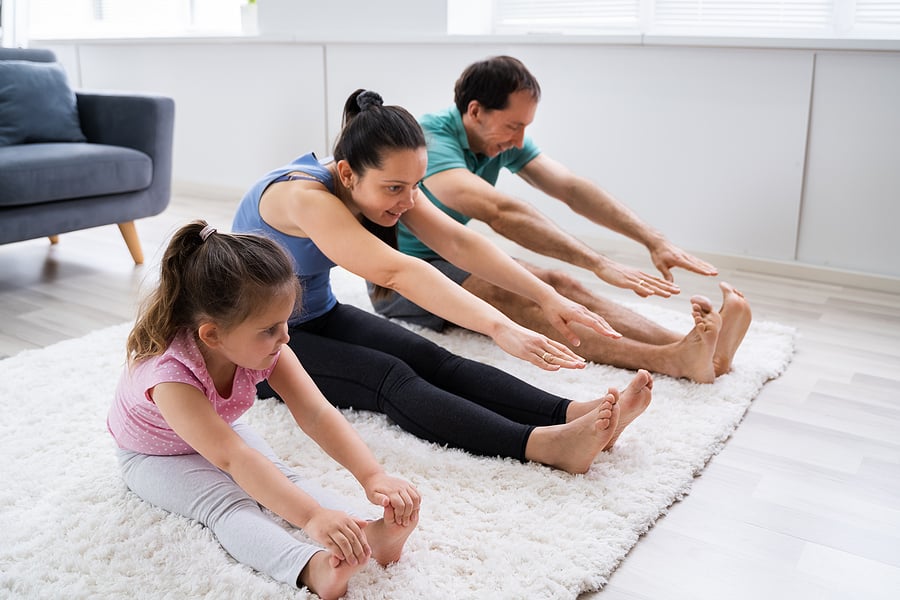If you look at the scale of physical activity level in people, it starts to drop once they hit the phase of early middle age(33-45 yrs) and early adulthood(>45 yrs). This reduction in participation of physical activity can happen due to different reasons such as
- Difficulty in finding proper work-life balance
- Other family obligations
- Lack of support from your community
- physical limitations due to age and early onset of fatigue
- Prolonged screen time
- Habituated to the sedentary sitting
- Gender related discrimination
- Misconception that exercise is just for young people and sports person.
But all these factors can be rectified if you start putting unlimited boundaries on physical activity and treat exercise as a basic fundamental thing for everyone irrespective of their age, occupation, gender or cultural background. Engaging in physical activity can bring to variety of benefits in every phase of life cycle.
For children and adolescents, physical activity supports healthy growth and development. It strengthens bones and muscles, enhances coordination and balance, and promotes cardiovascular health. In adults, regular exercise helps prevent chronic diseases such as heart disease, diabetes. It also aids in maintaining a healthy weight, reducing the risk of obesity-related complications. For older adults, staying active is essential for maintaining mobility, flexibility, and strength, which can help prevent falls and fractures, a common issue in this age group. Mental health benefits significantly from regular physical activity. Exercise has been shown to reduce symptoms of depression and anxiety, boost mood, and improve overall emotional well-being. For children, exercise can help reduce feelings of stress and anxiety while promoting better sleep patterns.
So, when children see physical activity as a normal part of their daily routine, they are more likely to carry this behavior into adulthood. Similarly, adults who prioritize exercise set a positive example for the younger generation, creating a cycle of health-conscious behavior that benefits families and communities. Hence, it is all depends upon how to build your ideas around physical activity. When it comes to physical activity, it is never too early. Infact, WHO (WORLD HEALTH ORGANISATION) has provided us with amazing guidelines on physical activity for all ages even for people living with disability. The main components that we need to focus on while performing physical activities are :

Let's say you want to create a workout plan using the FIIT principle.
First, plan how frequent you want to exercise for example 4 days a week (Monday, Wednesday, Friday, and Saturday). Then you choose the intensity and time of the workout which generally aims for elevated heart rate but also allows you to still carry on a conversation comfortably. The intensity can be maintained at moderate level for approximately 45 minutes to 1 hour including warm up and cool down. But you can always change the pattern by changing the type of workout you do. If you want diversified health benefits like muscle strength or flexibility then you can perform resistance training for 20-30 minutes or yoga for at least 45 minutes a day.
In conclusion, exercise and physical activity have nothing to do with age. They support physical health, enhance mental well-being, promote cognitive function, and offer social benefits. By incorporating regular physical activity into daily life, individuals of all ages can improve their quality of life, prevent numerous health issues, and enjoy a sense of community and mental clarity. Embracing an active lifestyle is a commitment to long-term health and happiness.
When you successfully complete your workout, remember to give yourself a pat on the shoulder💪




Comments
Post a Comment